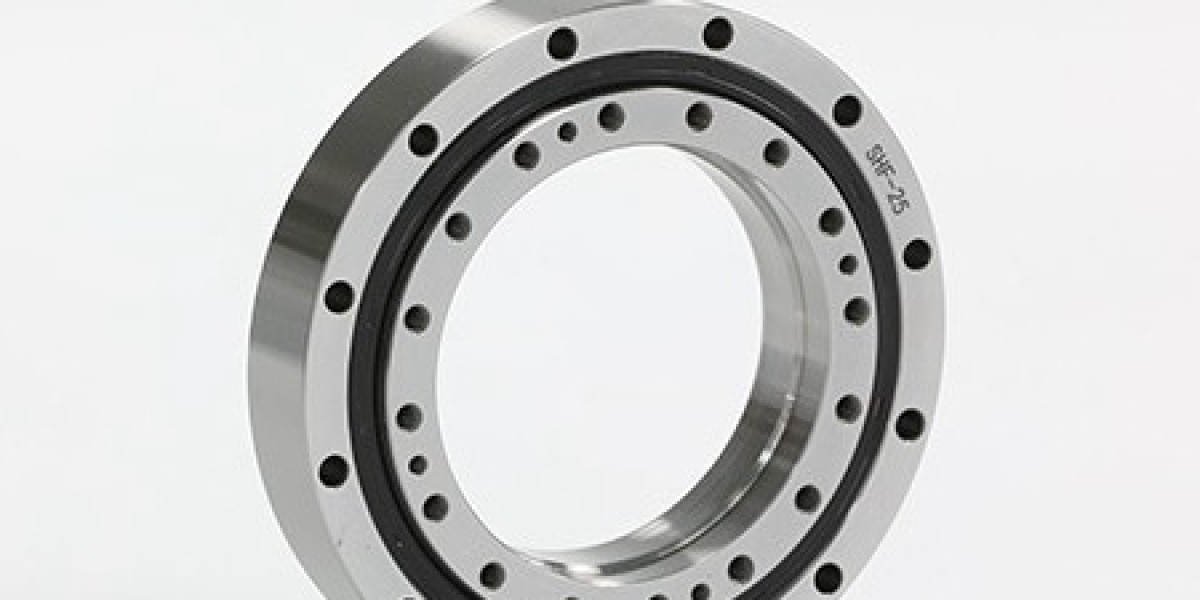A roller bearing is a type of bearing that uses cylindrical or tapered rolling elements to reduce friction between moving parts in machines. Unlike ball bearings, roller bearings have rolling elements shaped as cylinders or cones, which distribute loads over a larger area.
Why Use Roller Bearings?
Higher Load Capacity: Roller bearings can handle heavier loads compared to ball bearings.
Reduced Friction: Their rolling motion minimizes resistance, improving machine efficiency.
Durability: Designed for high-stress environments, roller bearings last longer under heavy use.
Precision: Ensure smooth motion and alignment in complex machinery.
Types of Roller Bearings
1. Cylindrical Roller Bearings
Cylindrical rollers run parallel to the bearing axis.
Ideal for high radial loads and moderate speeds.
Common in electric motors, gearboxes, and pumps.
2. Tapered Roller Bearings
Rollers are conical, allowing them to support axial and radial loads.
Widely used in automotive wheel hubs and heavy machinery.
3. Spherical Roller Bearings
Have barrel-shaped rollers that accommodate misalignment.
Suitable for applications with shaft deflection or housing distortion.
4. Needle Roller Bearings
Contain long, thin rollers for compact spaces.
Found in transmissions, compressors, and pumps.
How Does a Roller Bearing Work?
Roller bearings operate by rolling the cylindrical or tapered elements between an inner and outer race. This rolling reduces direct surface contact, minimizing friction and wear.
Expert insight: In my work repairing industrial motors, I noticed that replacing worn ball bearings with roller bearings significantly reduced vibration and extended service intervals.
Key Benefits of Roller Bearings
Load Handling: Can manage heavy radial loads and combined axial loads.
Longevity: Superior design reduces wear and tear.
Precision & Stability: Maintain alignment and reduce machine noise.
Versatility: Suitable for various industries like automotive, aerospace, and manufacturing.
Choosing the Right Roller Bearing
When selecting a roller bearing, consider these factors:
Load Type: Radial, axial, or combined load requirements.
Speed: Different types are optimized for various speed ranges.
Environment: Temperature, contamination, and lubrication needs.
Space Constraints: Dimensions and available installation space.
Consulting manufacturer datasheets and engineering standards ensures the best fit for your application.
Maintenance Tips for Roller Bearings
Regular maintenance can maximize your roller bearing’s lifespan:
Keep bearings clean and well-lubricated.
Inspect for signs of wear or corrosion.
Replace damaged seals promptly.
Monitor operating temperatures to avoid overheating.
conclusion :
Choosing the right roller bearing is essential for maximizing machinery efficiency and durability. With their ability to handle heavy loads and reduce friction, roller bearings play a critical role in various industries. Proper maintenance and selection based on load, speed, and environment ensure long-lasting performance. Whether you’re upgrading equipment or performing routine repairs, understanding roller bearings can save time and costs. Explore our premium roller bearings today and keep your machines running smoothly for years to come.







